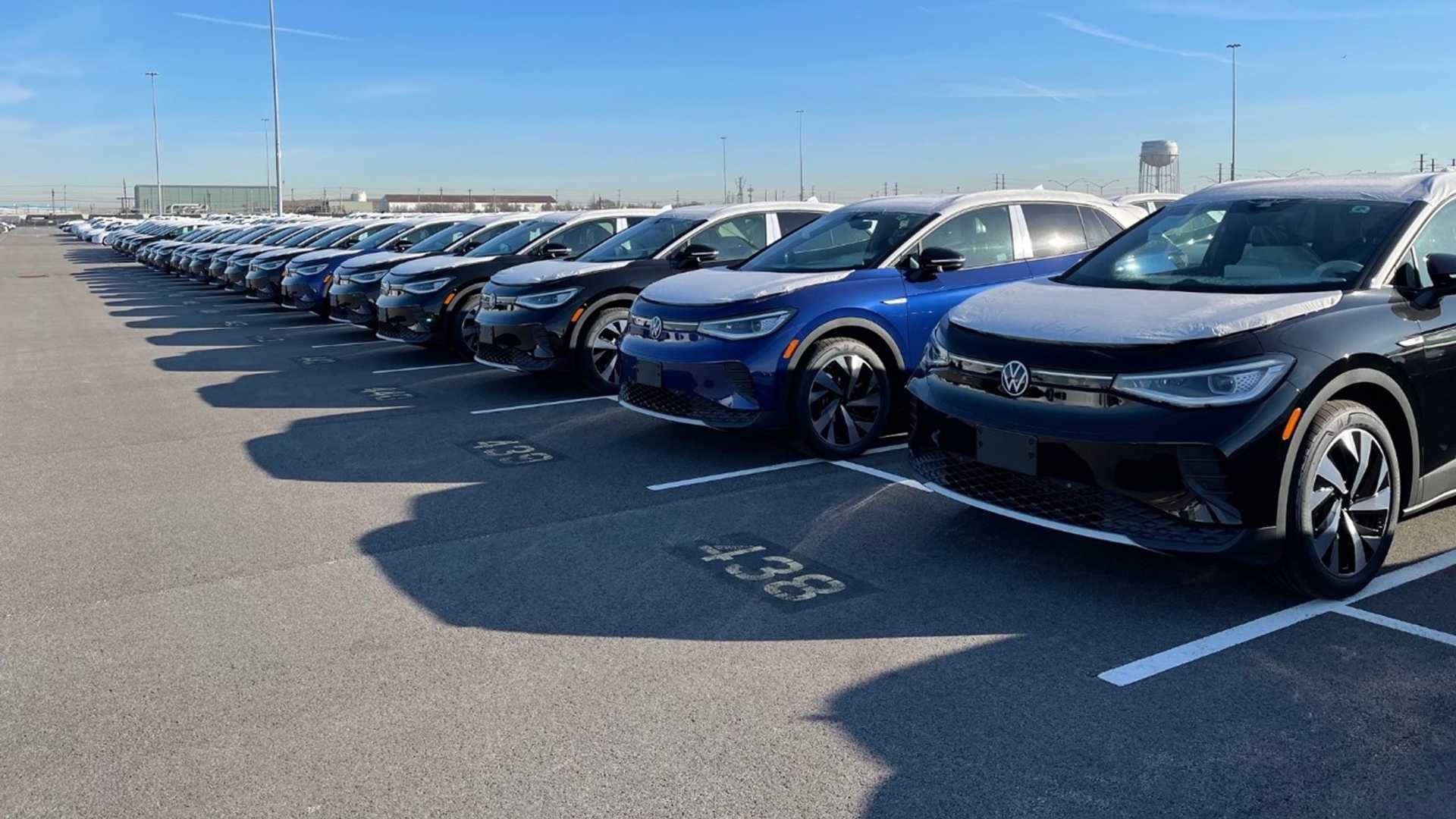
The landscape of the American automotive industry has been evolving rapidly in recent months, and that's largely driven by the multifaceted impacts of the US Inflation Reduction Act (IRA). This legislation, signed into law in August 2022, has had a profound effect on various sectors, particularly electric vehicles and the lithium industry. According to a new analysis, impacts from the IRA will boost the outlook for electric vehicle sales in the country by 2030 to more than double the pre-IRA forecast.
In 2023, the US is forecasted to sell over 1.3 million combined battery electric vehicles and plug-in electric hybrids, which will mark a 52-percent increase over last year. S&P Global’s latest analysis predicts that by 2030, plug-in sales are projected to skyrocket to over 6 million annually. Furthermore, more than two-thirds of these vehicles will be fully electric, which are now expected to surpass 4.6 million by the end of the decade and that is more than double the initial forecast of around 2 million units. That would put extra stress on the grid infrastructure, though.
"Given the forecasted increase in EV sales, electricity load is expected to increase, reaching 83 TWh by 2030," Suzanna Massingue, low carbon transportation analyst with S&P Global, comments. "In addition to the increase in forecasted vehicle sales, a larger proportion of these will be fully electric vehicles, generating a higher electricity demand. It is widely recognized that an upgrade of the power grid will be required to ensure the charging network can support the intended sales growth."
The US Inflation Reduction Act has played a pivotal role in boosting the adoption of electric vehicles. One of its most significant contributions is the system of production and consumer tax credits, which have stimulated the production of critical minerals and the supply of battery components within the US and its free-trade agreement partners. As a result, companies have allocated substantial funds to explore lithium deposits within the country, positioning the US as one of the leaders in the search for this essential component of lithium-ion batteries.
The IRA will not only fuel the EV adoption but also trigger a renaissance in the American lithium industry. One notable aspect of this revival is the growing interest in exploring lithium deposits in the United States. In 2022, companies allocated more funds to lithium exploration in the US than any other country, with the highest level of investment in a decade, according to S&P Global Market Intelligence data. As a result, post-IRA US energy transition demand for lithium is projected to be 15 percent higher by 2035 than it would have been in a pre-IRA scenario.
Data from Market Intelligence shows that the total lithium exploration budget in the US, which holds the second-largest lithium reserves and resources globally, reached $93.5 million in 2022, a significant increase from $48.4 million in 2021. These developments in the EV and lithium industries have had a noticeable impact on the market. Lithium prices, which reached all-time highs in late 2022, have since seen a significant decrease.
As a reminder, the US Inflation Reduction Act is a significant piece of legislation signed into law in August 2022 with the primary goal of addressing inflation and stimulating economic growth in the United States. This comprehensive act is designed to have far-reaching effects on the American economy, impacting various sectors and individuals across the nation.







